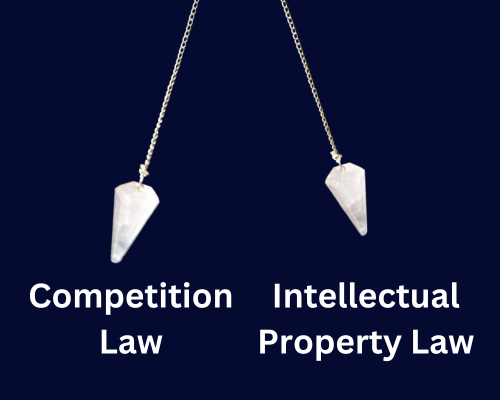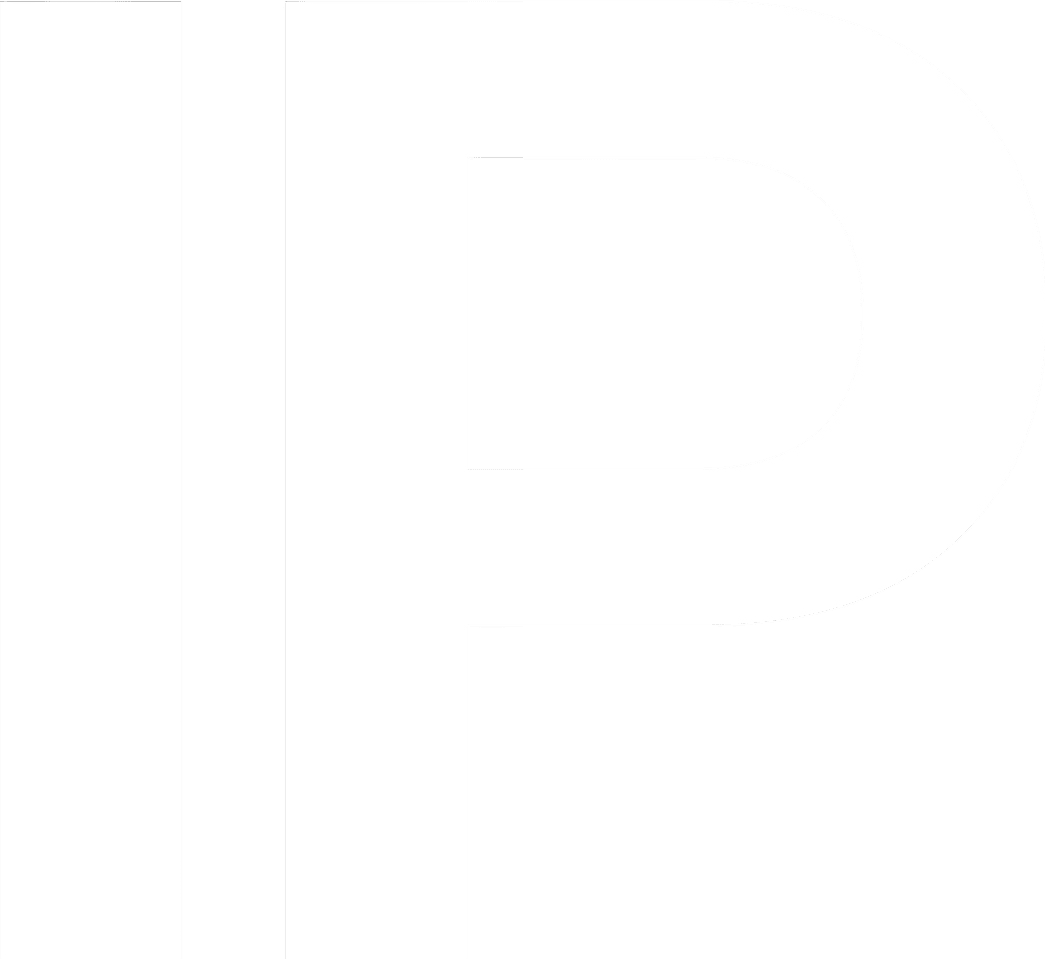
Competition law (hereinafter used interchangeably with antitrust law) and Intellectual Property Rights (IPR) have been regarded as two ends of the spectrum in an economy. While one aims to regulate and ensure that markets operate efficiently in a fair and competitive manner, the other aims to grant a certain level of protection which may be considered to have monopolistic tendencies.
Interface of Competition Law and Patents
Patent law particularly bears more relevance to antitrust jurisprudence. Patent law operates on two principles i.e. to encourage innovation and to promote the progress of science and technology. When an inventor is granted exclusive rights over their inventions for a specific period of time, it provides a return on their investment in terms of time, resources and capital. The idea that a specific invention will allow the inventor to reap benefits has a direct effect on incentivising inventors to create and invent more. This results in better technological and social advancements as the entire society benefits from these inventions. After the period of protection, the inventions and information surrounding it fall into the public domain. Apart from this, the public disclosure at the time of application allows others to build upon this preexisting knowledge.
Take the example of the Constitution of the United States, which authorizes Congress “to promote the progress of science and useful arts, by securing for limited times to authors and inventors the exclusive right to their respective writings and discoveries.” The Supreme Court in Eldred v. Ashcroft (2003) highlighted the two dimensions of patent law which are enshrined within the constitutional principle. One pertains to granting exclusive rights to “authors and inventors” to encourage creativity. However, the other aspect which provides this exclusivity for a “limited time” ensures that the ultimate purpose of promoting the “progress of science and useful arts” is achieved by guaranteeing that those innovations will enter the public domain as soon as the period of exclusivity expires.
Parallelly, competition law works in tandem and “protects competition, not competitors.” The problem arises when the push and pull of competition law and patent law cause friction. An example of this is the case of FTC v. Actavis (2012), where the Federal Trade Commission (FTC) sued Actavis and Paddock, alleging that they violated antitrust laws by making “reverse payment” settlement agreements with Solvay. Reverse payment settlements, or “pay-for-delay” agreements, materialize when a patent holder pays a generic manufacturer to delay the launch of a generic version of the same drug. In these settlements, the patent holder pays the generic manufacturer not to compete for a period of time, usually until the patent holder’s patent expires. Accordingly, these agreements prevented Actavis and Paddock from launching their generic drugs until a certain date in exchange for millions of dollars from Solvay. The FTC claimed that these agreements unreasonably reduced competition and allowed Solvay to maintain its monopoly profits. The case ultimately went to the Supreme Court, which ruled that reverse payment agreements can violate antitrust. Subsequently, the courts have evolved multiple tests which try to solve the friction between antitrust and patent law.
In the Actavis case, the Court ultimately reasoned that the analysis must be done on the basis of the “rule of reason”. The rule of reason analysis requires the courts to weigh the pro-competitive benefits and anti-competitive effects of a particular action. Rather than working on a presumption of illegality or legality, it must be determined whether the settlement promotes or suppresses competition and whether the anti-competitive effects of the settlement outweigh its pro-competitive benefits. Prior to the ratio of this case, there was a reliance on the “per se” rule which would automatically declare all reverse payment settlements as illegal. However, the Court clarified that the cases falling under this ambit required a case-to-case analysis rather than a blanket rule to factually ascertain the anticompetitive effects. Another such test used to determine antitrust effects stemming from patents is the “scope of patent test”. Herein the Court assessed whether the actions of the patent holder fall within the scope of the patent, its claims etc. If it falls outside the patent’s scope, then it becomes apparent that the action is going to have an adverse effect on competition in the market.
Protection of Indian Markets
Similarly, there are various intersections where the two laws meet, such as abuse of dominant position by certain entities, Standard Essential Patents (SEPs), FRAND (fair, reasonable and non-discriminatory) licensing, patent thickets, compulsory licensing etc. India has also been proactive towards protecting competition and eliminating adverse effects on competition, by virtue of which the Competition Act 2002 was enacted. It comprehensively deals with anti-competitive agreements, anti-competitive horizontal or vertical agreements, abuse of dominant position, combinations which may have an adverse effect on competition etc. It follows the ideas behind contemporary competition laws with the goal to protect Indian markets against anti-competitive practices and enable fair competition. Therefore any agreement or practice which may have an adverse effect on the Indian markets is prohibited under the Act. Recently the Competition (Amendment) Act, 2023 was passed which incorporated certain key changes. Under the current regime, a party under investigation for anti-competitive practices may be allowed to settle the matter with the Competition Commission of India (CCI). Further, the time period which rested with the CCI to approve combinations has been reduced to 150 days where they would be required to give a prima facie opinion within the first 30 days. Even the aspect of “control” has been amended to now focus on the concept of “material influence” over the management, affairs, or strategic commercial decisions of the enterprise. Notably, the scope of anti-competitive agreements has been expanded to encompass entities that may not be involved in the same or similar trade but are part of a “hub and spoke” cartel arrangement. Additionally, the Act now applies to entities that are involved in or plan to engage in the facilitation of anti-competitive horizontal agreements within such arrangements.
However, the Amendment is in cohesion with the Act regarding the aspect of IPR as a defence under Section 3 of the Act (Anticompetitive Agreements). Accordingly, the provision becomes inapplicable when the agreement pertains to the right of any person to restrain any infringement of, or to impose reasonable conditions for protecting the rights granted under various IP laws such as the Copyright Act, 1957, Patents Act 1970, Trade Marks Act, 1999, Geographical Indications of Goods (Registration and Protection) Act, 1999, Designs Act, 2000 and Semiconductor Integrated Circuits Layout-Design Act, 2000.
It is evident that the law recognizes the perspective of competition law and patent law operating in tandem in the long run. Regardless that the two have a relationship of push and pull which can sometimes result in friction, both branches operate to promote the progress of society, market and encourage innovation.
